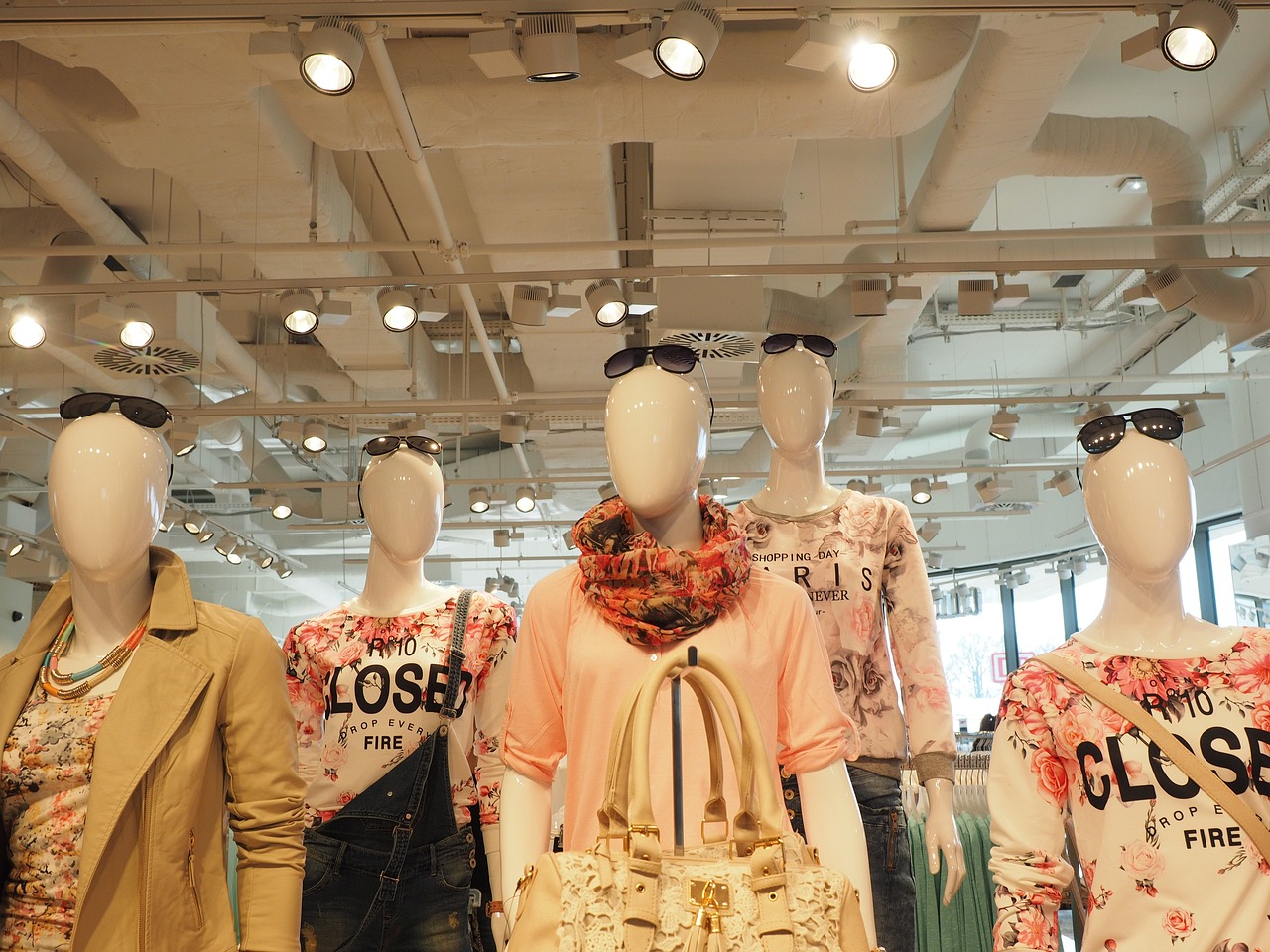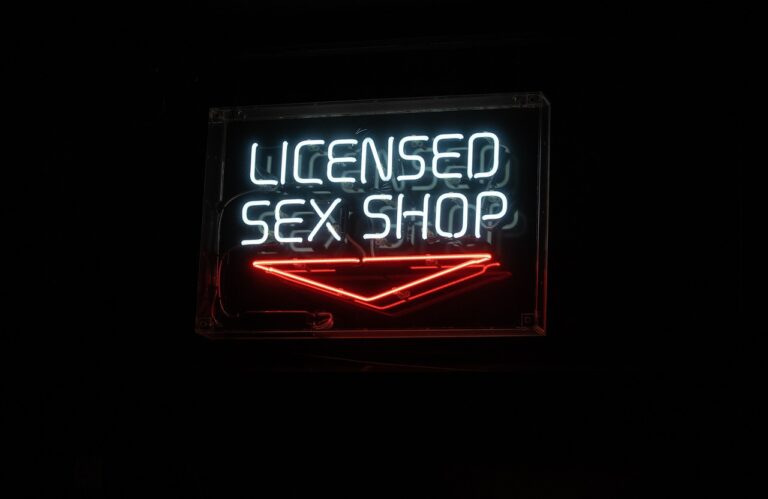The Influence of Music on Shopping Behavior
The music playing in retail stores can significantly impact the shopping experience of customers. Retailers carefully select the type of music to create a specific atmosphere that aligns with their brand image and target market. Factors such as the genre, tempo, and volume of the music all play a crucial role in influencing consumer behavior and purchasing decisions. Each of these elements can evoke different emotions and responses from shoppers, ultimately affecting their overall shopping experience.
Additionally, the demographic profile of the target audience is taken into consideration when selecting the music for a retail store. Different age groups and cultural backgrounds may have varying preferences when it comes to music, and retailers must choose songs that resonate with their specific customer base. By understanding the musical preferences of their target audience, retailers can create a more engaging and pleasant shopping environment that encourages customers to stay longer and make purchases.
The psychological impact of music on consumer behavior
Research has shown that music has a profound effect on consumer behavior in retail settings. The type of music played in a store can influence shoppers’ emotions and purchasing decisions. For example, upbeat and fast-tempo music tends to energize customers, potentially leading them to browse more quickly and make impulse purchases.
Moreover, the volume of music can also impact consumer behavior. Loud music has been linked to a sense of urgency and excitement, prompting shoppers to move through the store at a faster pace. On the other hand, softer music can create a more relaxed atmosphere, encouraging people to linger in the store and potentially spend more time browsing and making purchases. By understanding these nuances, retailers can strategically use music to shape the overall shopping experience for their customers.
Music tempo and its effect on shopping pace
When it comes to the tempo of music played in retail stores, research has shown that it can significantly impact the pace at which consumers move through the shopping environment. A faster tempo tends to energize customers, prompting them to move more quickly and potentially make impulsive purchasing decisions. On the other hand, slower tempo music has been observed to have a calming effect, leading to a more leisurely and relaxed shopping experience.
Moreover, the tempo of music can influence not only the physical pace at which customers navigate through a store but also their emotional and cognitive responses to the shopping environment. For instance, upbeat and lively music can create a sense of excitement and urgency, motivating customers to browse more quickly in search of new and interesting products. Conversely, slower tempo music can encourage shoppers to take their time, explore different product offerings in more detail, and possibly make more thoughtful and deliberate purchase decisions.
• Faster tempo music energizes customers and prompts them to move more quickly
• Slower tempo music has a calming effect, leading to a leisurely shopping experience
• Upbeat and lively music creates excitement and urgency for browsing products
• Slower tempo music encourages shoppers to take their time and make thoughtful purchase decisions
How do factors affect music choice in retail stores?
Factors such as target demographic, brand image, and store layout can all influence the type of music chosen for a retail environment.
What is the psychological impact of music on consumer behavior?
Music can affect consumer mood, perception of time spent in store, and willingness to make purchases. It can also create a sense of ambiance and enhance the overall shopping experience.
How does music tempo affect shopping pace?
Faster tempo music tends to speed up the pace at which shoppers move through a store, while slower tempo music may encourage shoppers to linger and explore more products.
Can music tempo influence purchasing decisions?
Yes, studies have shown that music tempo can impact consumer behavior, including the likelihood of making impulse purchases and the amount of money spent in store.
What should retailers consider when selecting music for their stores?
Retailers should consider their target demographic, brand image, store layout, and desired shopping experience when selecting music for their stores. It is important to choose music that complements the overall shopping environment and enhances the customer experience.







